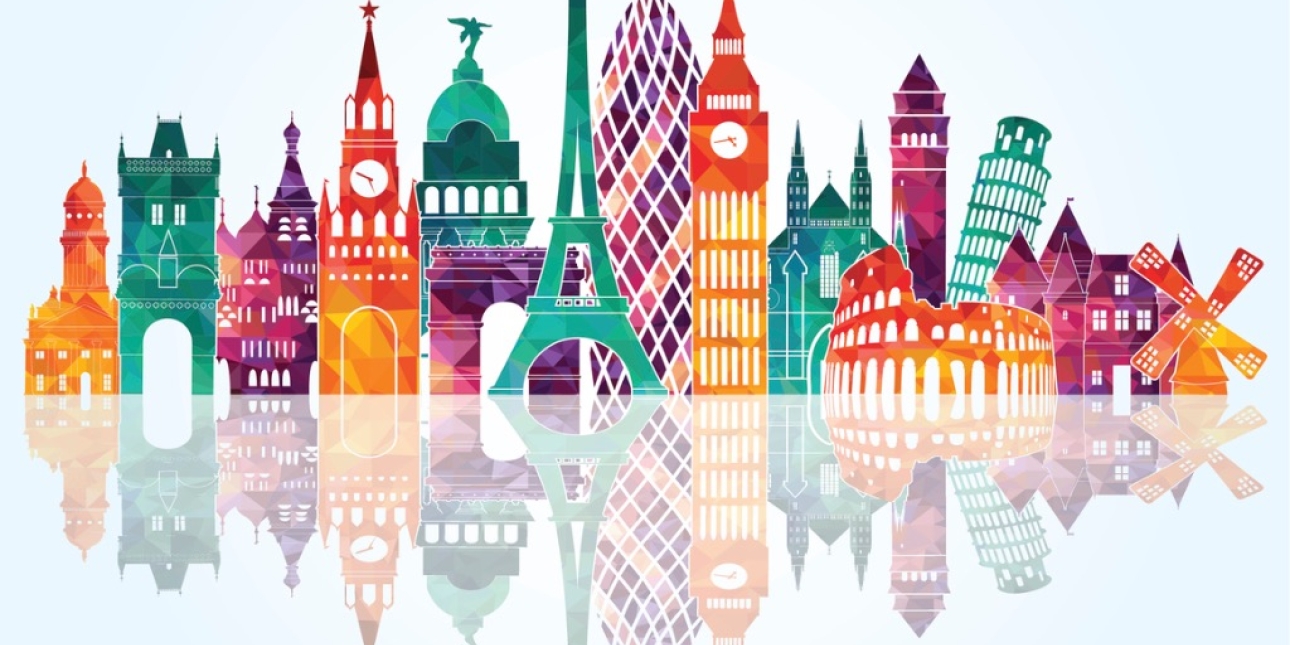Pan-European PR: it’s so much more than translation
How can you ensure that your cross-border communication activity includes local cultural context?
We often consider translation to be at the heart of communicating across borders and pan-European PR. You take a piece of content in one language, often English, and translate it into another – French, German, take your pick. But then, what happens when a word isn’t translatable? And what about local cultural context?
A viral clip of an Irish rugby coach leading La Rochelle through France’s Top 14 competition got me thinking about this very topic. For leaders, and the organisations that they represent, translation is often just the first step of a longer journey. So, how can tech companies build upon translation with a full-scale pan-European PR programme that truly delivers on local needs?
Take translation a step further with localisation
It’s incredibly explicit, so I won’t link the video here, but Ronan O’Gara’s Franglais team talk is one of my favourite comedic examples of the value of localisation. Despite a heavy Irish accent, he goes to the trouble of localising the most important parts of his team talk into French. These are top tier rugby players, many of whom play internationally – they probably know the English equivalent of adversaire (it’s opponent, before you find yourself on Google Translate). Yet, O’Gara makes the effort, and I’m sure he gains significant respect from the team as a result.
It's a similar situation for Anglophone leaders and organisations looking to make their mark in a territory with a different native language. Directly translating content from English into a target language is rarely enough; linguistic subtleties and local context are crucial. For instance, did you know that in French copywriting, conclusions should avoid summarising the article, and instead bring something new to the table? These nuances may seem minor but can go a long way in winning over local audiences and journalists.
Shout about local successes
However, pan-European PR programmes are about so much more than content. Localising press releases and thought leadership articles is crucial, but every element of reputation shaping can and should be considered.
Global organisations should consider the following to make a local impact:
Customer advocacy
- Harnessing customer champions can be incredibly effective in winning the trust of local stakeholders. These stories demonstrate how a global brand is having an impact locally, which is especially important in European markets.
Leadership branding
- Local executives should be seen as thought leaders in their industry, to highlight the investment that an organisation is making in a territory. Speaking opportunities at local events, establishing a consistent LinkedIn presence, and engaging with press are key elements of a leadership branding programme.
Consistent pan-European communications
- Especially for brands launching in Europe for the first time, it can be difficult to balance the nuances of each country with regional consistency. Working with a network of local PR partners, and encouraging collaboration, can be an effective way to ensure that the overall message is never lost or worse, misconstrued.
Creativity and consistency are key
- Whether you believe that O’Gara’s approach to coaching is effective or not, we can all agree that it’s creative. Stepping beyond translation to a pan-European PR programme requires similar elements: creativity, an understanding of the local context, strong leadership and PR partners on the ground.
Megan Hogg is an account manager at Firefly Communications, where this post was first published. Firefly Communications recently produced a white paper on the European tech scene to discover the growth opportunities that the region can offer.

